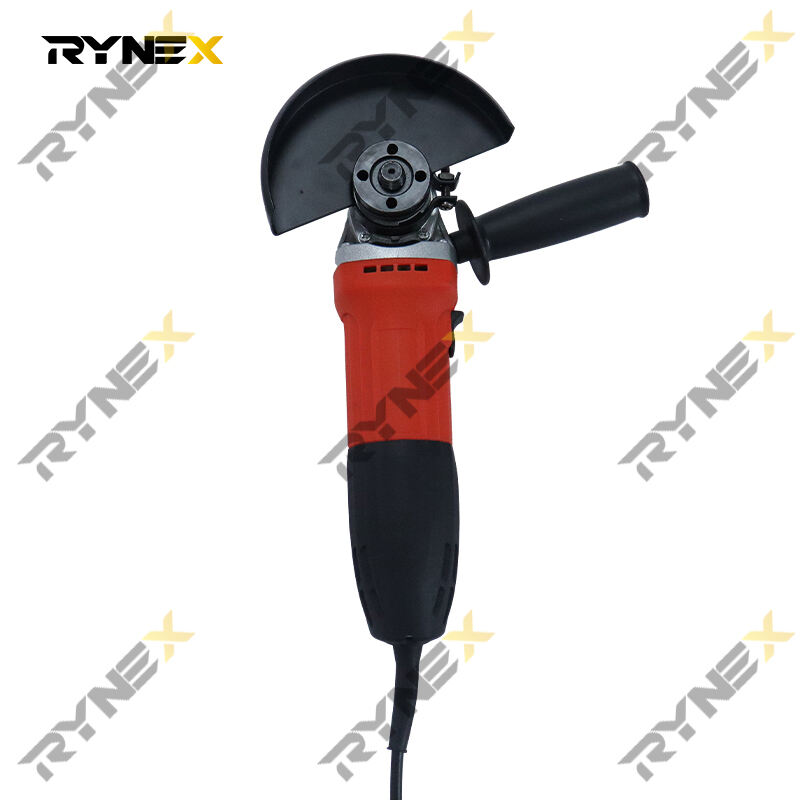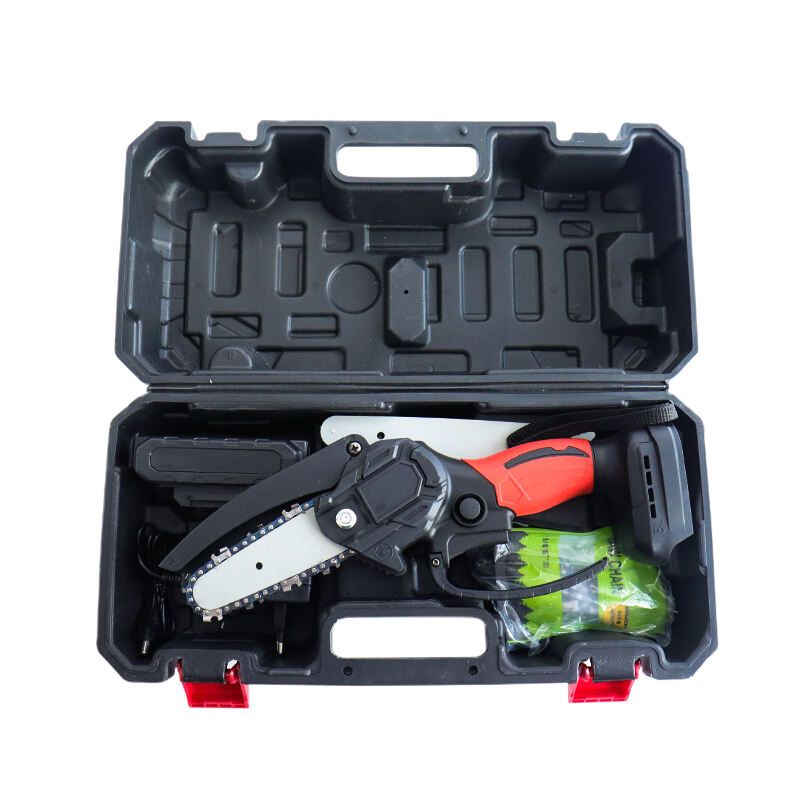Understanding Power Grinding Tools for Professional Results
When it comes to metalworking and fabrication, having the right grinding tool can make all the difference between a mediocre finish and professional-grade results. The die grinder and angle grinder are two essential power tools that often cause confusion among both DIY enthusiasts and professional craftsmen. While they may appear similar at first glance, each tool serves distinct purposes and offers unique advantages for specific applications.
A die grinder is a versatile rotary tool designed for precision work in tight spaces. Originally developed for working on dies and molds, this compact tool has evolved to become indispensable for various detailed grinding, polishing, and finishing tasks. Understanding the capabilities and limitations of both tools will help you make an informed decision for your specific needs.
Core Features and Capabilities of Die Grinders
Design and Construction
The die grinder features a slim, pencil-like design that allows for exceptional control during detailed work. Its elongated body typically measures between 6 to 8 inches in length, making it perfect for reaching into confined spaces. The tool's compact head houses a collet that accepts various bits and burrs, usually ranging from 1/8 inch to 1/4 inch in diameter.
Modern die grinders come in both pneumatic and electric variants. Pneumatic die grinders are powered by compressed air and are generally lighter and more powerful, while electric models offer the convenience of not requiring an air compressor. The tool's design emphasizes precision control over raw power, with typical speeds ranging from 20,000 to 30,000 RPM.
Applications and Versatility
A die grinder excels in applications requiring finesse and attention to detail. It's particularly effective for port matching in automotive work, cleaning up welded joints, and performing intricate metal shaping. The tool's high-speed rotation combined with small cutting surfaces makes it ideal for working with templates and achieving smooth contours in metalwork.
Professional fabricators often reach for their die grinder when working on custom modifications or repairs that require access to tight spaces. The tool's versatility extends to various materials, including metals, plastics, and even wood, depending on the attached accessory. From deburring edges to polishing surfaces, the die grinder handles precision tasks with remarkable efficiency.

Comparative Analysis with Angle Grinders
Size and Power Differences
While both tools serve grinding purposes, their physical characteristics set them apart significantly. Angle grinders are substantially larger and more powerful, typically featuring disc sizes from 4 to 9 inches in diameter. In contrast, die grinders are much more compact and utilize smaller bits, making them more suitable for precise, controlled operations.
The power output also differs considerably. Angle grinders generally operate at lower speeds (around 11,000 RPM) but deliver more torque, while die grinders spin at higher speeds but with less torque. This fundamental difference influences their respective applications and the types of projects they're best suited for.
Workflow and Control Considerations
When choosing between these tools, consider the nature of your work and the level of control required. Die grinders offer superior maneuverability and precision, making them ideal for detailed work on smaller surfaces. Their design allows for comfortable operation in various positions and angles, essential for intricate projects.
Angle grinders, however, excel at larger-scale material removal and cutting tasks. They're better suited for jobs that require aggressive grinding or cutting through thick materials. The die grinder's advantage lies in its ability to perform delicate work with greater accuracy and less risk of material damage.
Best Practices for Die Grinder Usage
Safety Considerations
Operating a die grinder safely requires proper protective equipment and adherence to basic safety protocols. Always wear safety glasses, hearing protection, and appropriate respiratory protection when grinding materials that produce fine dust. The tool's high-speed operation demands respect and careful handling to prevent accidents.
Maintain a firm grip on the tool and ensure proper positioning to maintain control throughout the operation. Keep the work area well-lit and clean to prevent accidents. Regular maintenance of both the tool and its accessories is crucial for safe operation and optimal performance.
Maintenance and Care
To ensure longevity and consistent performance of your die grinder, regular maintenance is essential. For pneumatic models, proper air line maintenance including moisture removal and appropriate lubrication is crucial. Electric models require periodic cleaning of ventilation ports and checking of carbon brushes.
Inspect collets and accessories before each use, and replace worn or damaged components promptly. Keep cutting and grinding accessories sharp and clean for optimal performance. Proper storage in a dry environment will help prevent rust and ensure the tool remains in good working condition.
Frequently Asked Questions
What makes a die grinder different from a Dremel tool?
While both tools are rotary in nature, die grinders are typically more powerful and robust, designed for industrial use. They offer higher torque and can handle more demanding applications compared to Dremel tools, which are primarily designed for hobby and light-duty work.
Can a die grinder replace an angle grinder completely?
While a die grinder is versatile, it cannot entirely replace an angle grinder. Each tool has its specific strengths - die grinders excel at precision work and detailed grinding in tight spaces, while angle grinders are better suited for larger-scale material removal and cutting tasks.
How long should a quality die grinder last?
With proper maintenance and care, a quality die grinder can last many years in professional use. Pneumatic models typically have a longer lifespan due to fewer moving parts, while electric models may require brush replacement after extended use. Regular maintenance and appropriate use significantly impact longevity.

